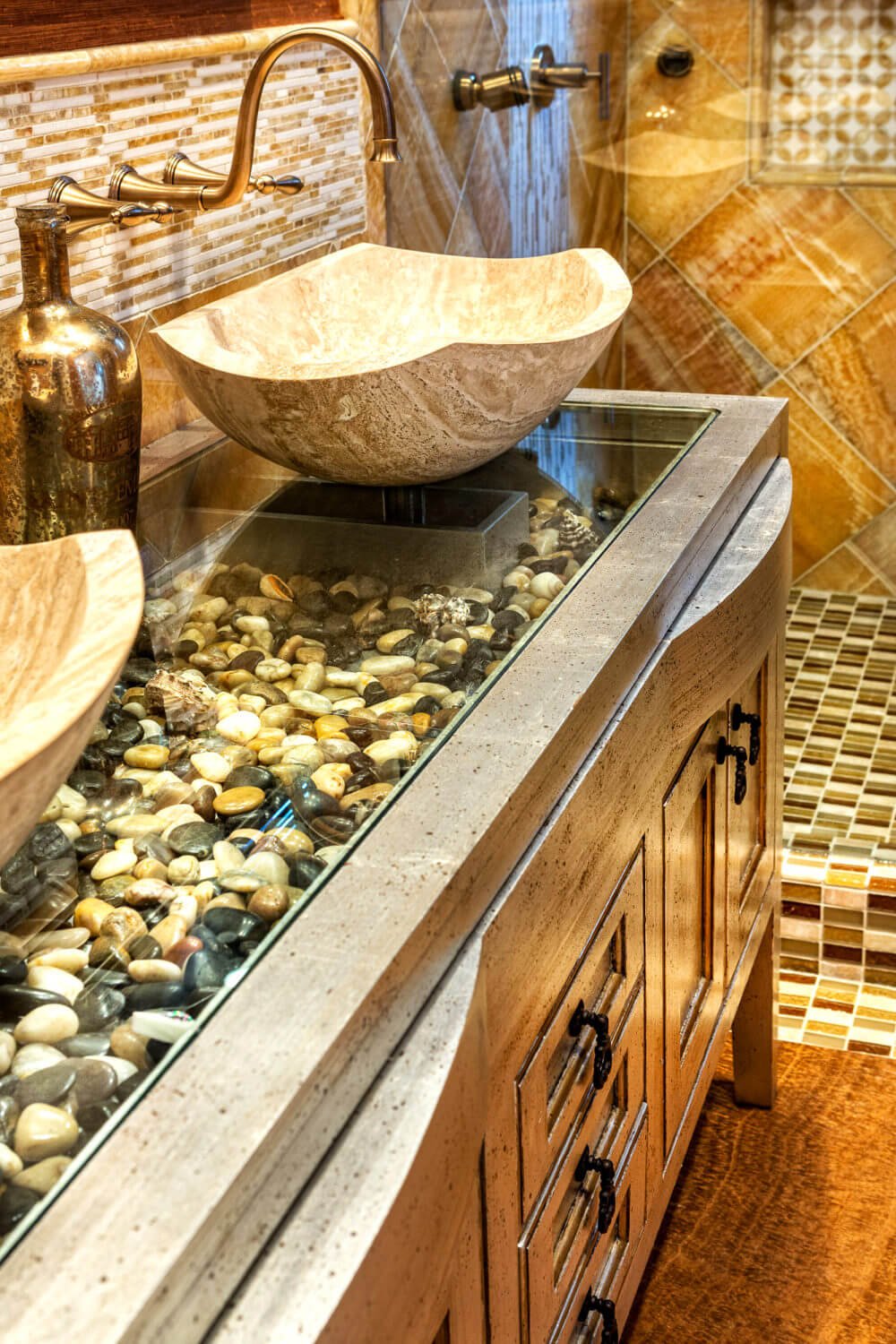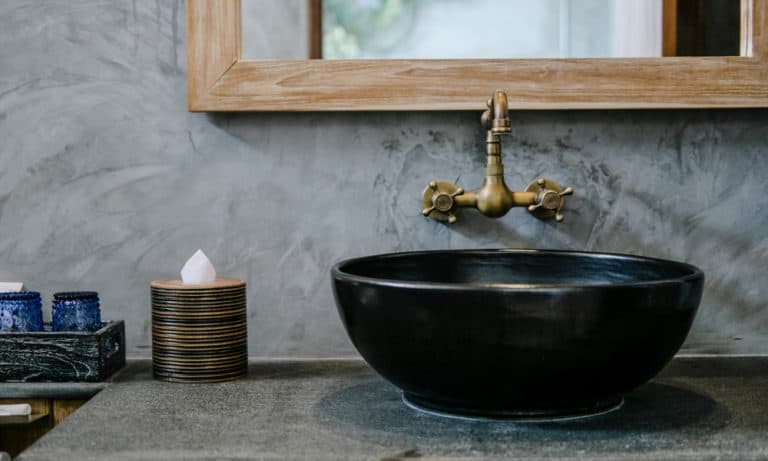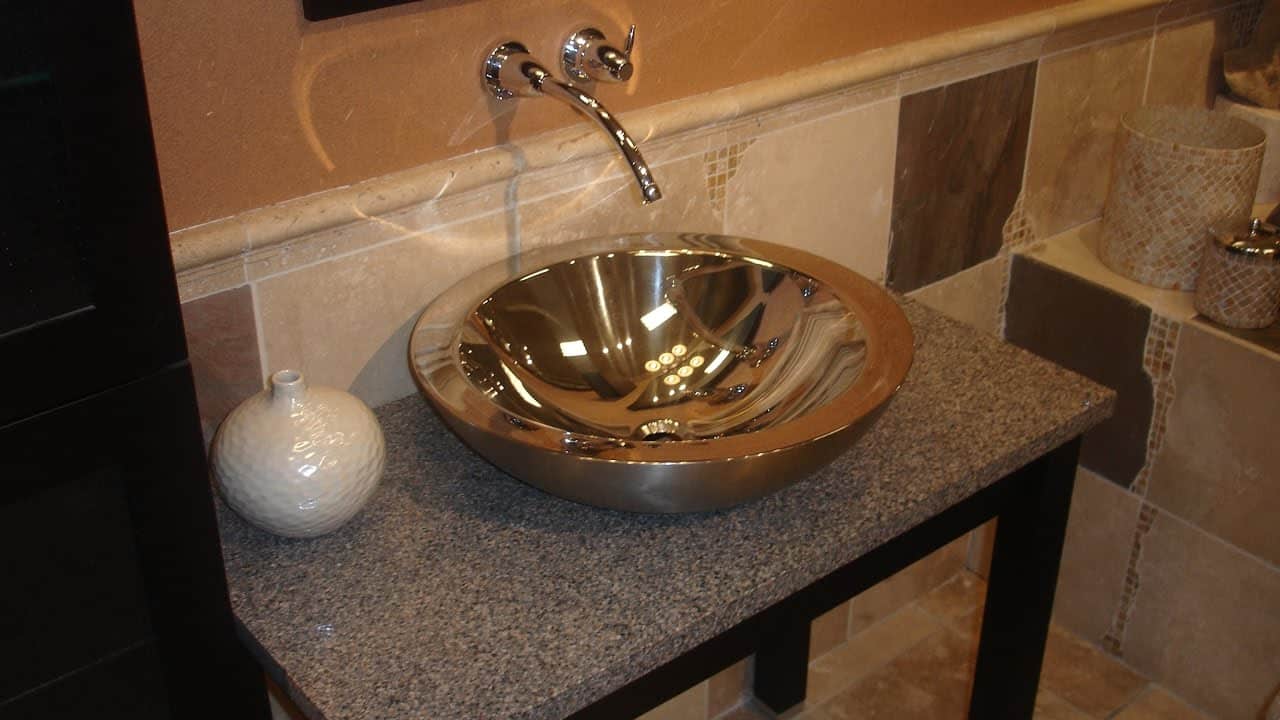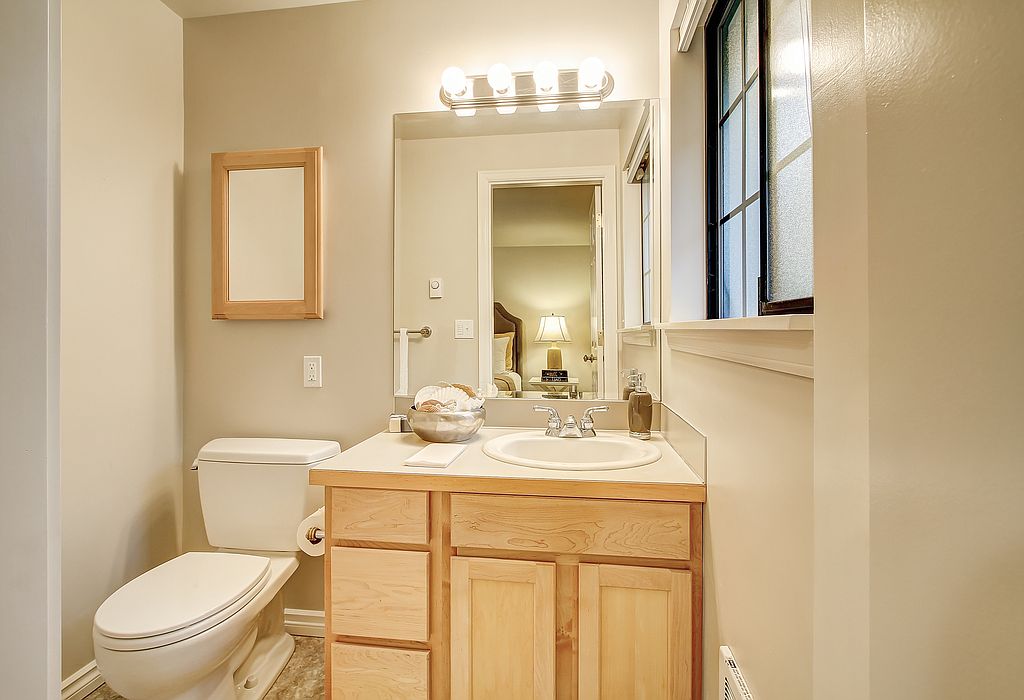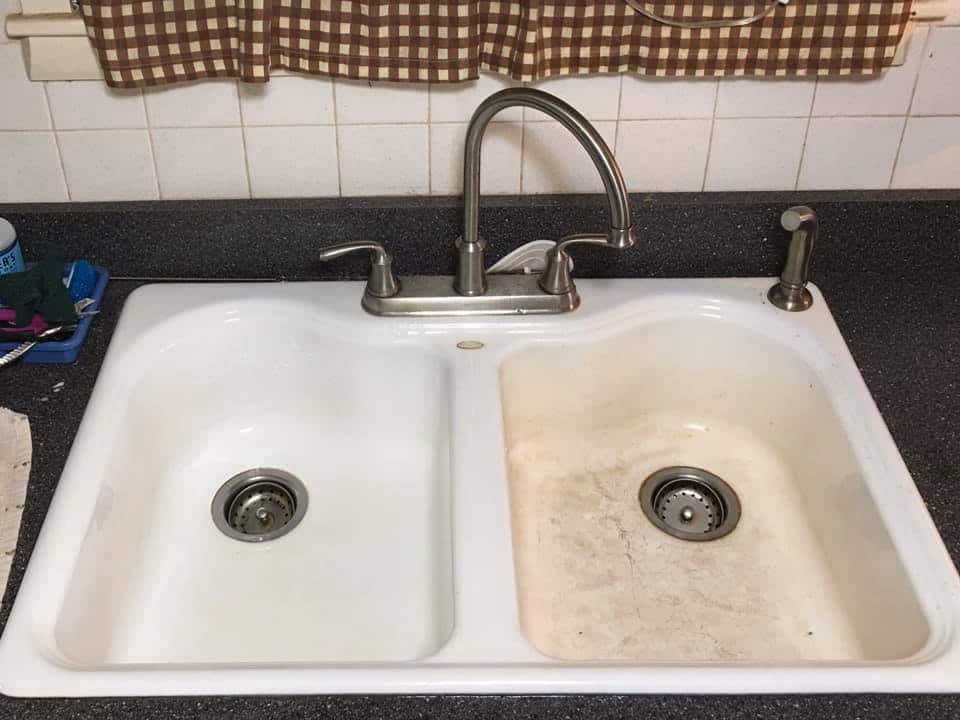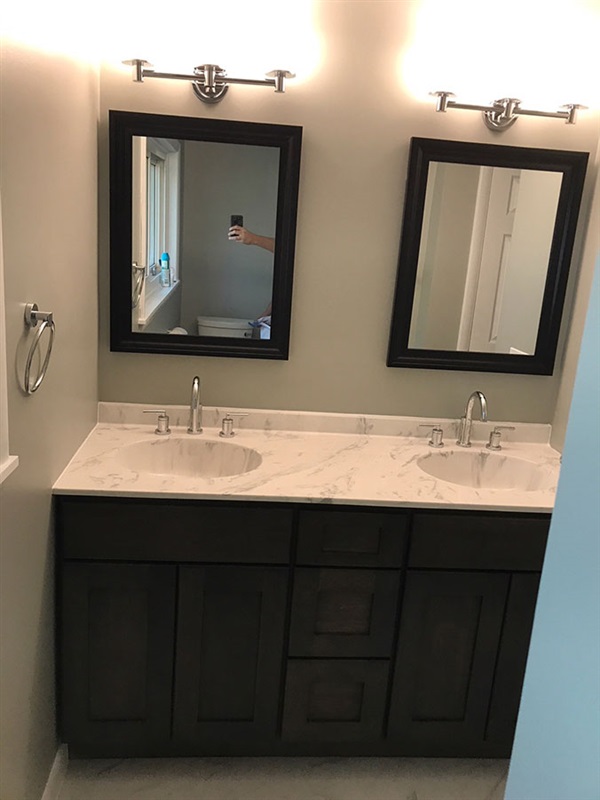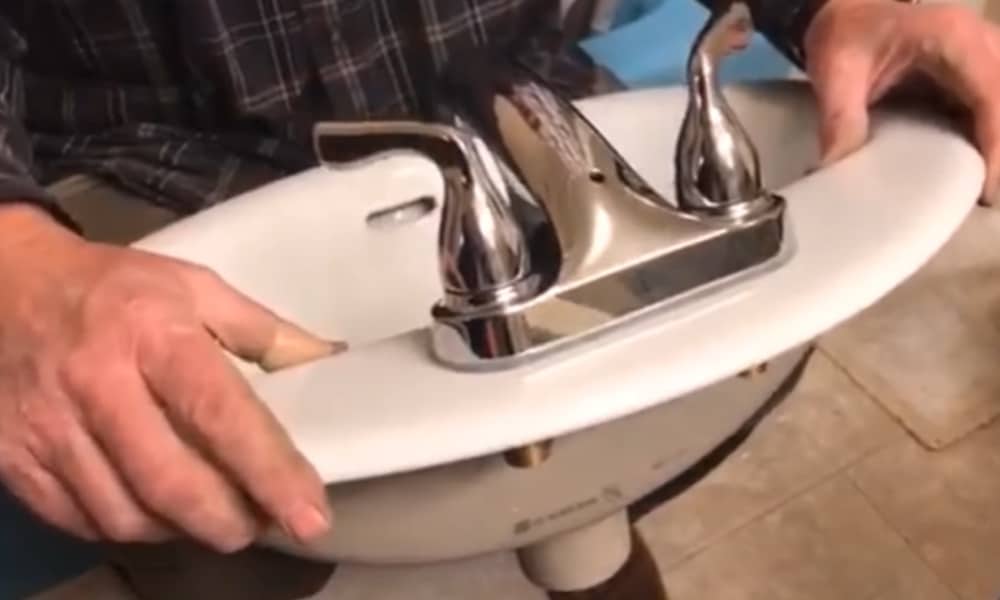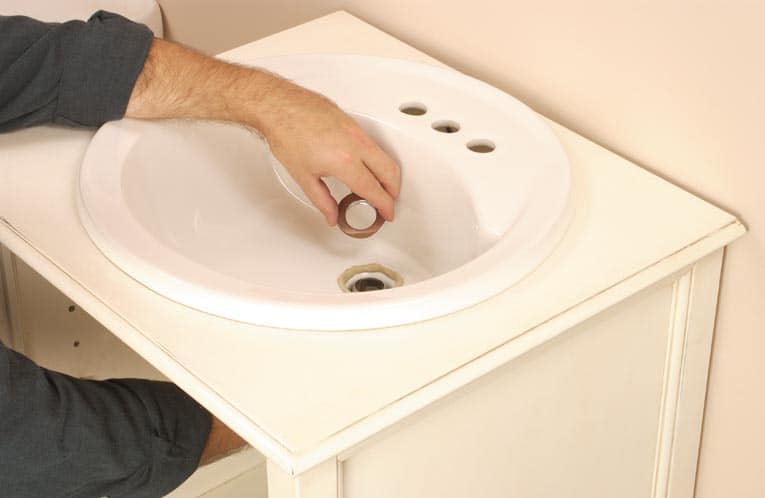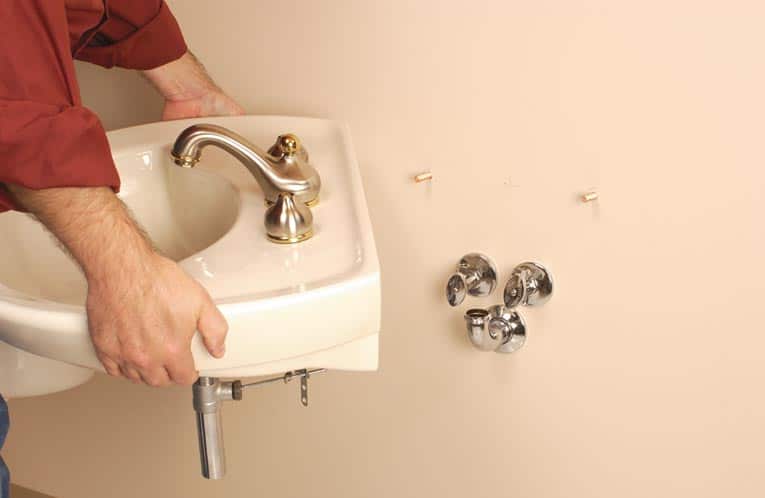If you've noticed your bathroom sink moving or shifting, don't ignore it. This seemingly small issue can lead to bigger problems down the line if not addressed properly. In this article, we'll dive into the causes of bathroom sink movement and how to fix it.Bathroom Sink Movement
There are several reasons why your bathroom sink may be moving. One common cause is improper installation. If the sink was not securely attached to the wall or countertop, it can easily shift or even detach completely. Another factor could be the type of materials used in the sink, such as a lightweight plastic sink that is not as sturdy as a porcelain or stone one. In some cases, the movement may be caused by water damage. If the area around the sink is constantly wet or if there is a leak, it can weaken the structure and cause it to shift. Additionally, if the sink has been in use for a long time, the adhesive or caulk holding it in place may have worn off, leading to movement.Causes of Bathroom Sink Movement
Fixing a moving bathroom sink will depend on the cause of the movement. If it's due to improper installation, it's best to call a professional plumber to reattach the sink securely. They will also be able to check for any signs of water damage and make any necessary repairs. If the sink is made of a lightweight material, it may need to be replaced with a sturdier option. This is especially important if there are multiple people using the sink on a daily basis, as the constant weight and movement can cause it to shift over time. If water damage is the culprit, it's important to address any leaks and properly dry out the area before attempting to fix the sink. You may also need to reinforce the structure behind the sink to prevent future movement.How to Fix a Moving Bathroom Sink
To avoid bathroom sink movement in the first place, it's essential to have it installed correctly. If you're planning to install a new sink yourself, here are a few tips to keep in mind:Bathroom Sink Installation Tips
In addition to movement, there are other common problems that can occur with bathroom sinks. These include clogs, leaks, and cracks. It's important to address these issues as soon as possible to prevent further damage and costly repairs. Clogs can be caused by a buildup of hair, soap scum, or other debris. To prevent clogs, make sure to regularly clean the sink and use a hair catcher in the drain. If you do encounter a clog, try using a plunger or a drain snake to clear it. Leaks can be caused by a variety of factors, such as a loose or worn out seal, a cracked pipe, or a faulty faucet. It's important to address leaks immediately, as they can lead to water damage and mold growth. Cracks in the sink can also be a cause for concern. While small cracks may not seem like a big deal, they can worsen over time and lead to leaks or even a complete breakage of the sink. If you notice any cracks, it's best to replace the sink as soon as possible.Common Bathroom Sink Problems
The best way to prevent bathroom sink movement is to properly maintain it. This includes regular cleaning, checking for leaks or cracks, and addressing any issues as soon as they arise. It's also important to use the sink properly, avoiding putting excessive weight or pressure on it. If you're planning a bathroom renovation, it's essential to hire a professional to install the sink. They will have the expertise and tools needed to ensure it is properly secured and will last for years to come.Preventing Bathroom Sink Movement
If your bathroom sink is already showing signs of movement, it's important to repair it as soon as possible. Ignoring the issue can lead to further damage and costly repairs down the line. While some repairs can be done on your own, it's best to consult a professional for more complex issues. A professional plumber will be able to assess the cause of the movement and make the necessary repairs. They will also be able to check for any underlying issues, such as water damage, and address them before fixing the sink.Bathroom Sink Repair
If your bathroom sink is already loose, there are a few DIY fixes you can try before calling a professional. One option is to use a caulk gun to apply a strong adhesive or caulk around the edges of the sink. This will help secure it in place. You can also use brackets or braces to reinforce the sink from underneath. If these methods do not work, it's best to call a professional to ensure the sink is properly stabilized and to prevent any further damage.Stabilizing a Loose Bathroom Sink
While some bathroom sink issues may require professional assistance, there are a few DIY fixes you can try. For clogs, you can use a plunger or a drain snake to clear the blockage. For leaks, you can try tightening any loose connections or replacing worn out seals. However, if the issue persists, it's best to call a professional to avoid any potential damage.DIY Bathroom Sink Fixes
If you're planning a bathroom renovation or need to replace a damaged sink, it's best to hire a professional for the installation. They will have the knowledge and tools needed to properly install the sink and ensure it is secure and stable. A professional plumber will also be able to address any underlying issues, such as water damage, and make any necessary repairs before installing the new sink. In conclusion, bathroom sink movement is a common issue that should not be ignored. By understanding the causes and taking proper precautions, you can prevent this problem from occurring and ensure your sink stays in place for years to come.Professional Bathroom Sink Installation
The Importance of Choosing the Right Bathroom Sink for Your House Design

How the Bathroom Sink Can Affect the Movement in Your Home
 When it comes to designing your home, every detail matters. From the color of the walls to the furniture, each element contributes to the overall look and feel of your space. However, one aspect that is often overlooked is the bathroom sink. Many people may not realize it, but the type of bathroom sink you choose can greatly impact the movement and flow in your home.
Bathroom sinks
come in a variety of shapes, sizes, and styles. Some are mounted on the wall, while others are placed on top of a vanity. Each type has its own unique benefits and can greatly impact the functionality and movement in your home.
Wall-mounted sinks
are a great choice for smaller bathrooms as they take up less space and create the illusion of a larger area. This type of sink is also perfect for creating a minimalist and modern look. However, the downside to a wall-mounted sink is that it offers limited storage space and can be more difficult to install.
Vessel sinks
, which are placed on top of a vanity, are becoming increasingly popular in modern home designs. They come in various shapes, colors, and materials, making them a versatile choice for any bathroom. Vessel sinks can also add a touch of elegance and style to your bathroom. However, it is important to keep in mind that these sinks can take up more counter space and may not be the best option for smaller bathrooms.
The
placement
of your bathroom sink is another important factor to consider. If you have a larger bathroom, you may want to consider placing the sink in a central location to create a more open and spacious feel. However, if you have a smaller bathroom, it may be best to place the sink in a corner to maximize space and allow for easier movement within the room.
In addition to the type and placement of the sink, the
style
also plays a crucial role in the movement in your home. A minimalist and streamlined sink can create a more open and clutter-free space, making it easier to move around. On the other hand, a more intricate and detailed sink can add character and charm to your bathroom, but may also make the space feel more cramped and hinder movement.
In conclusion, the bathroom sink may seem like a small detail in house design, but it can have a significant impact on the movement and flow in your home. Consider the size, style, and placement of your sink carefully to ensure it not only looks aesthetically pleasing, but also enhances the functionality of your space. By choosing the right bathroom sink, you can create a harmonious and well-designed home.
When it comes to designing your home, every detail matters. From the color of the walls to the furniture, each element contributes to the overall look and feel of your space. However, one aspect that is often overlooked is the bathroom sink. Many people may not realize it, but the type of bathroom sink you choose can greatly impact the movement and flow in your home.
Bathroom sinks
come in a variety of shapes, sizes, and styles. Some are mounted on the wall, while others are placed on top of a vanity. Each type has its own unique benefits and can greatly impact the functionality and movement in your home.
Wall-mounted sinks
are a great choice for smaller bathrooms as they take up less space and create the illusion of a larger area. This type of sink is also perfect for creating a minimalist and modern look. However, the downside to a wall-mounted sink is that it offers limited storage space and can be more difficult to install.
Vessel sinks
, which are placed on top of a vanity, are becoming increasingly popular in modern home designs. They come in various shapes, colors, and materials, making them a versatile choice for any bathroom. Vessel sinks can also add a touch of elegance and style to your bathroom. However, it is important to keep in mind that these sinks can take up more counter space and may not be the best option for smaller bathrooms.
The
placement
of your bathroom sink is another important factor to consider. If you have a larger bathroom, you may want to consider placing the sink in a central location to create a more open and spacious feel. However, if you have a smaller bathroom, it may be best to place the sink in a corner to maximize space and allow for easier movement within the room.
In addition to the type and placement of the sink, the
style
also plays a crucial role in the movement in your home. A minimalist and streamlined sink can create a more open and clutter-free space, making it easier to move around. On the other hand, a more intricate and detailed sink can add character and charm to your bathroom, but may also make the space feel more cramped and hinder movement.
In conclusion, the bathroom sink may seem like a small detail in house design, but it can have a significant impact on the movement and flow in your home. Consider the size, style, and placement of your sink carefully to ensure it not only looks aesthetically pleasing, but also enhances the functionality of your space. By choosing the right bathroom sink, you can create a harmonious and well-designed home.

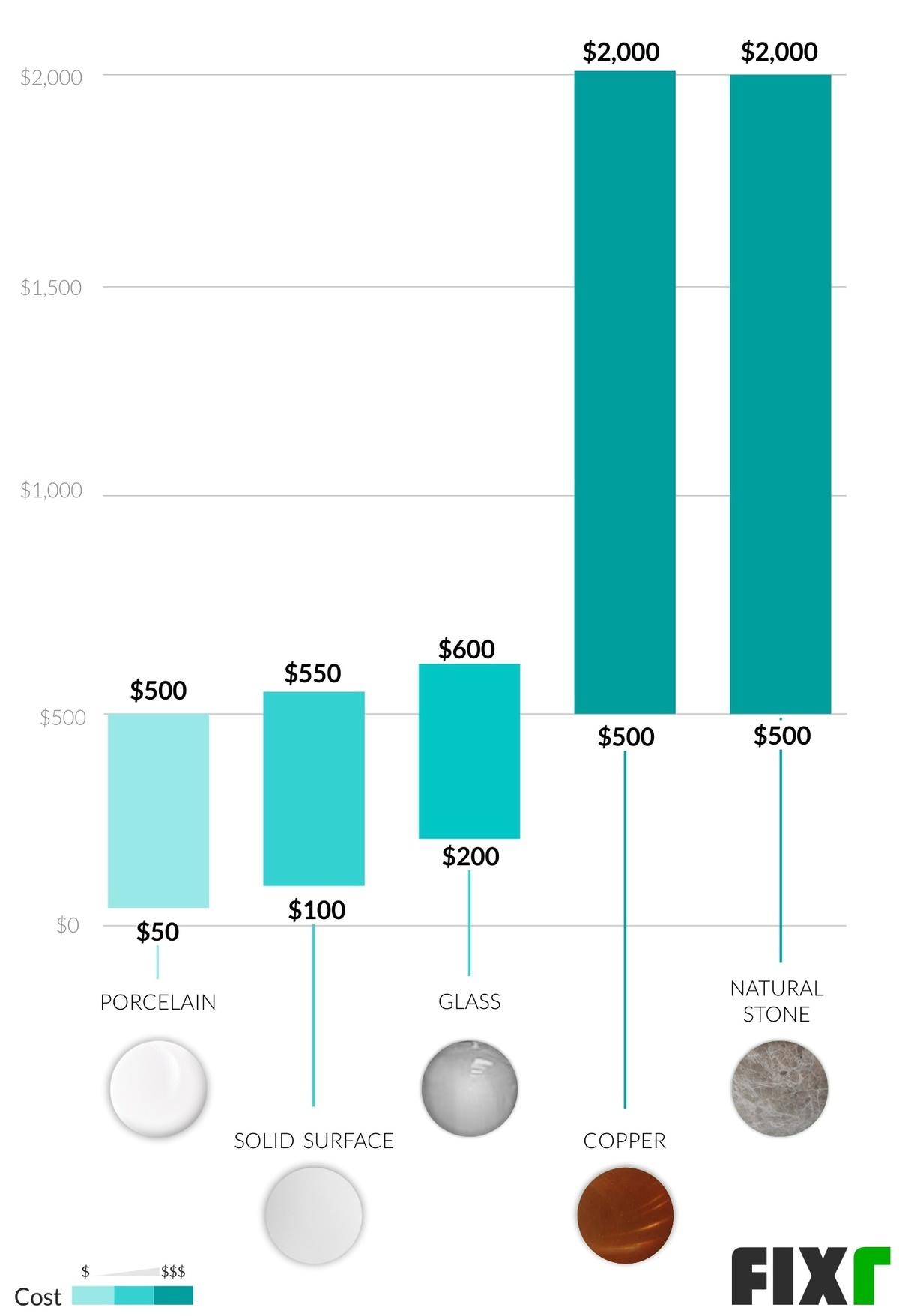




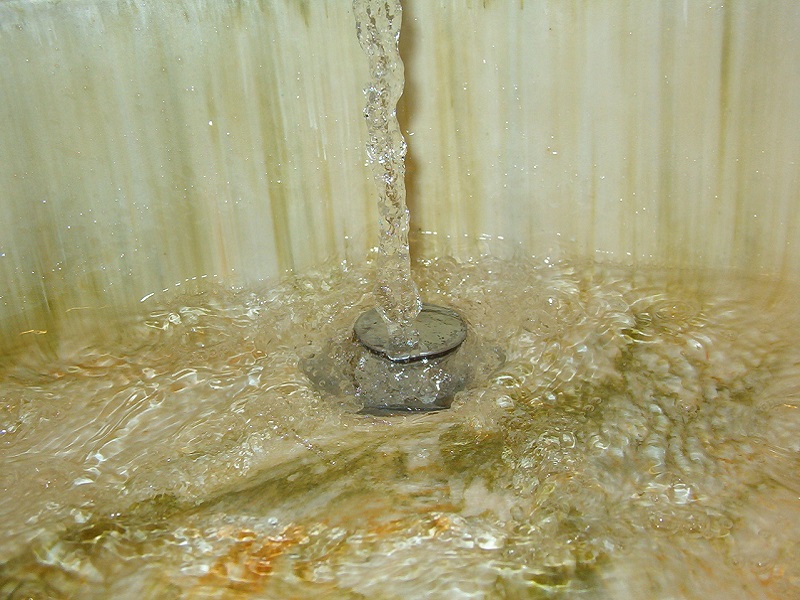


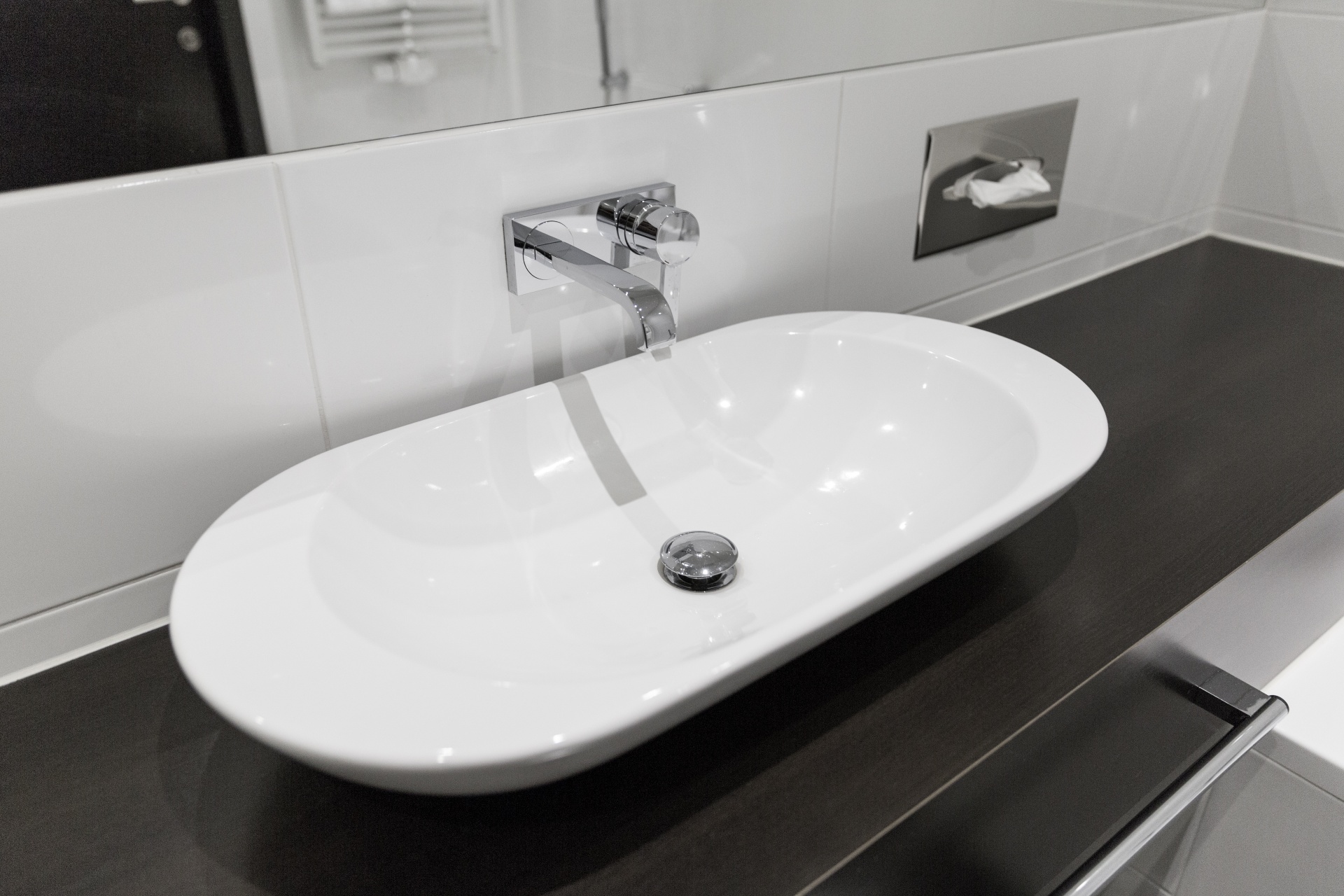

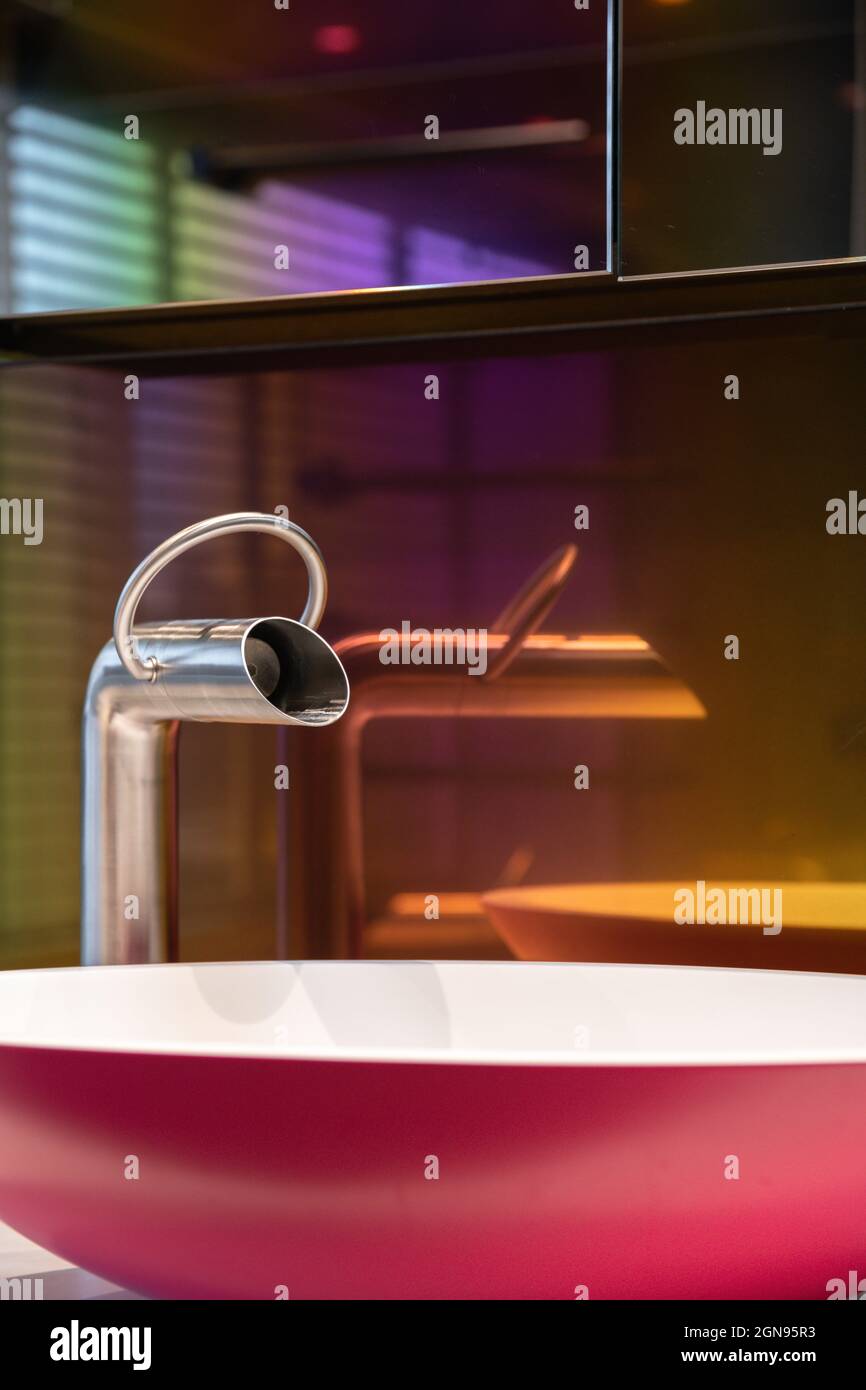


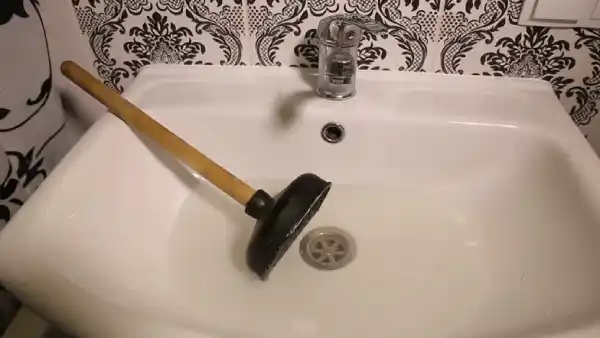

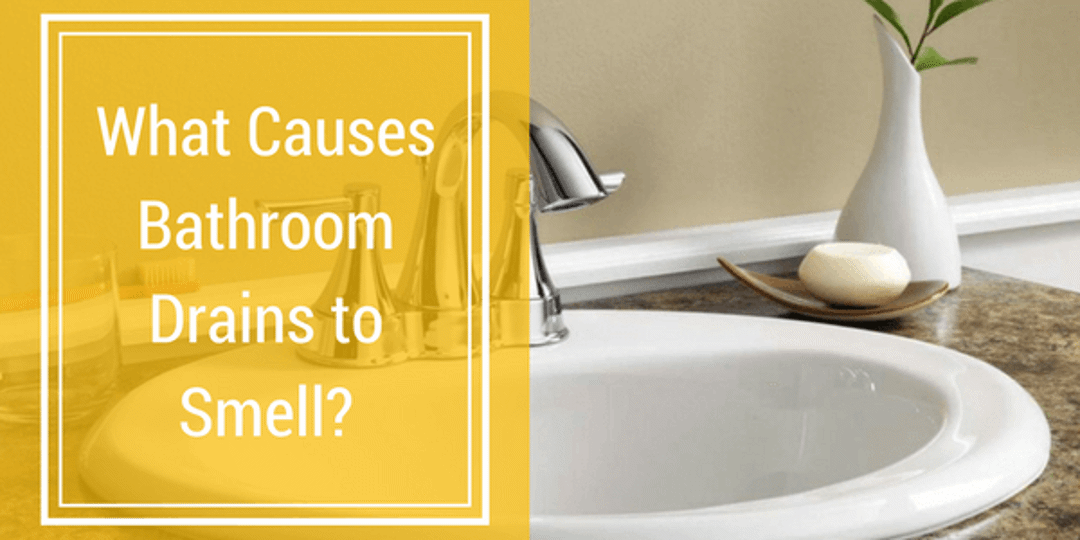






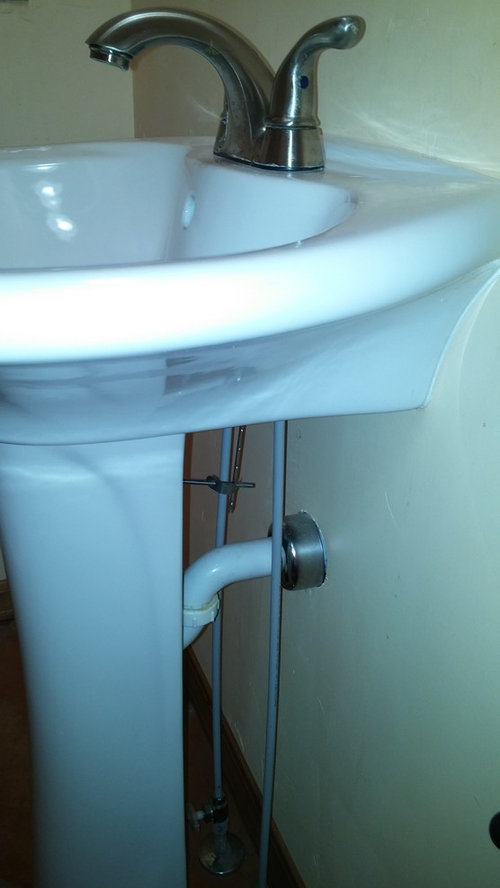

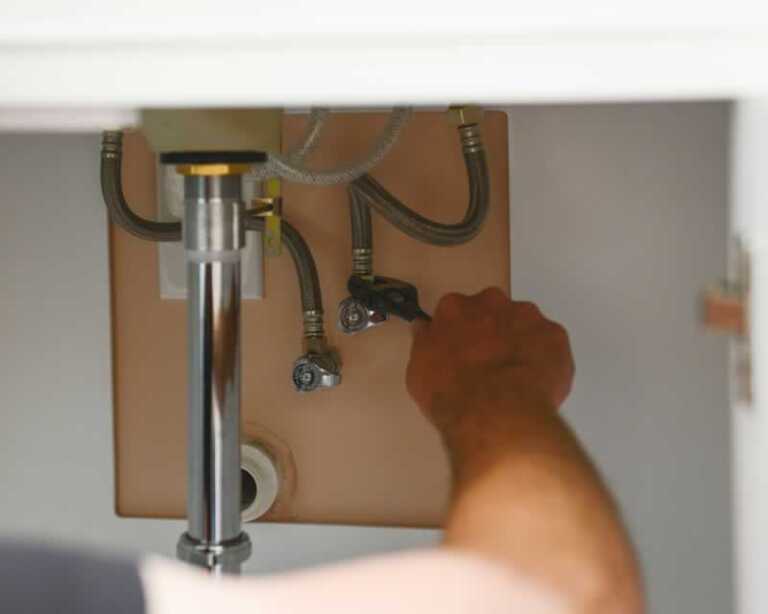
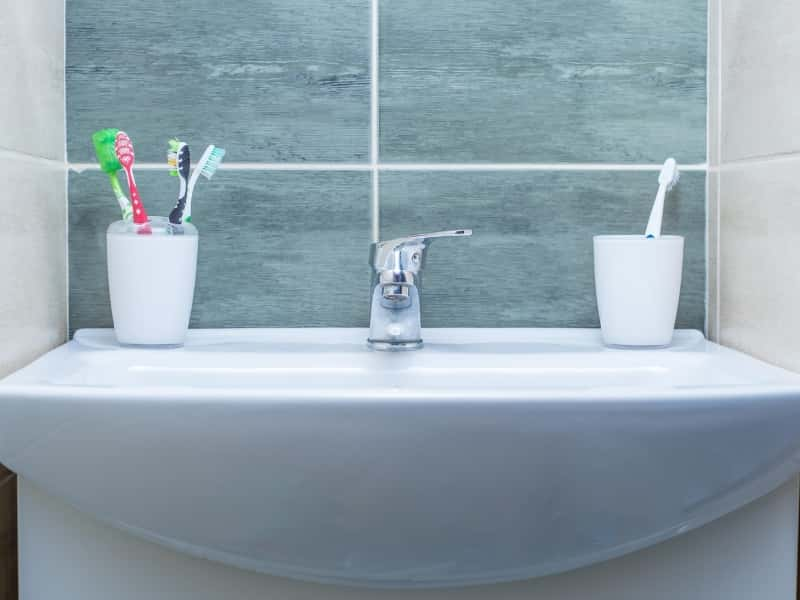
















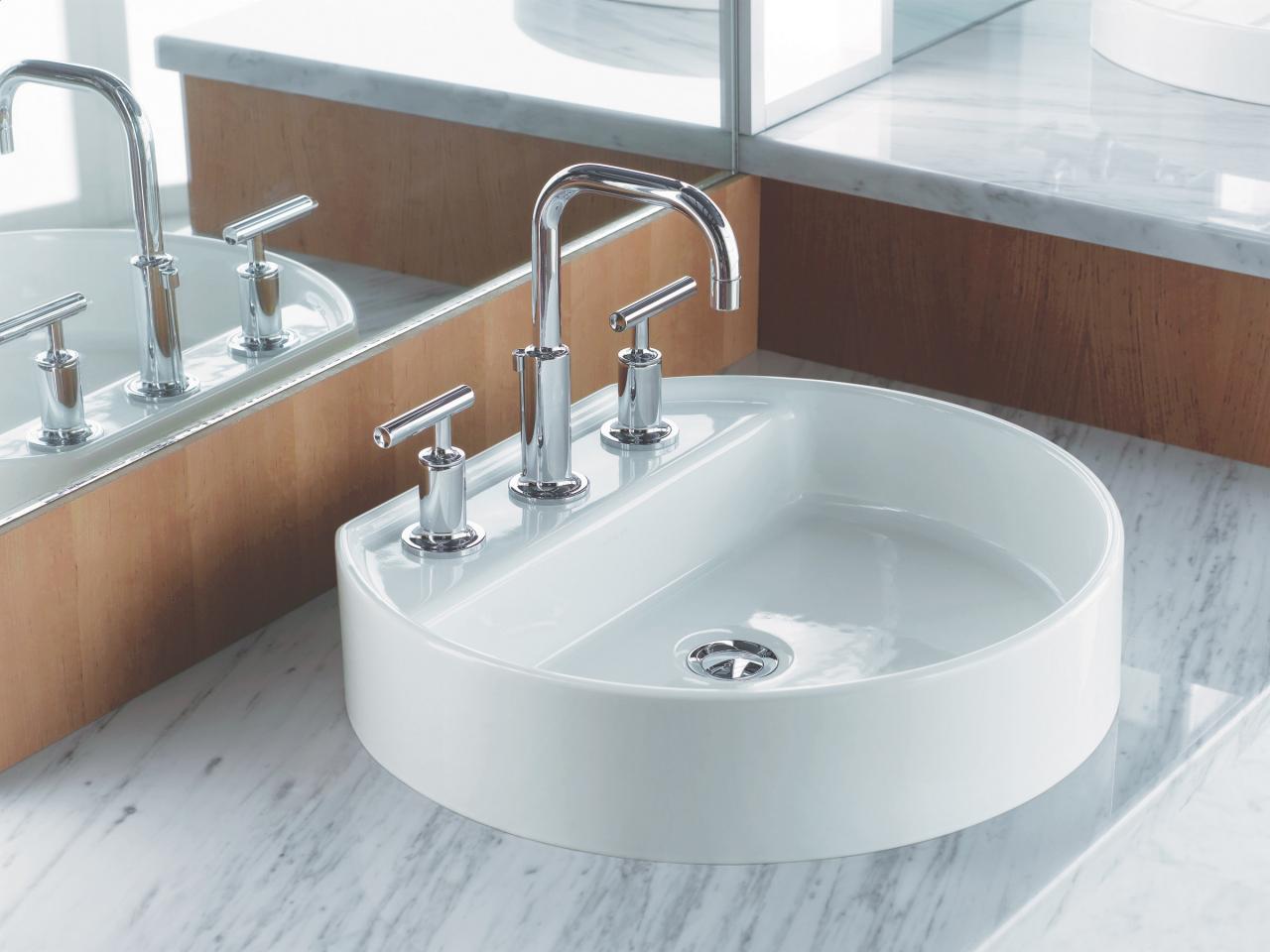





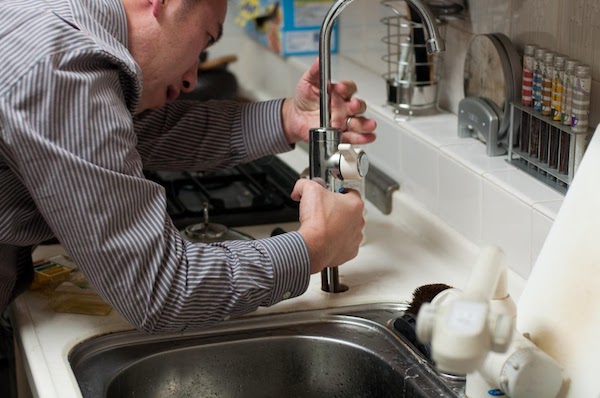







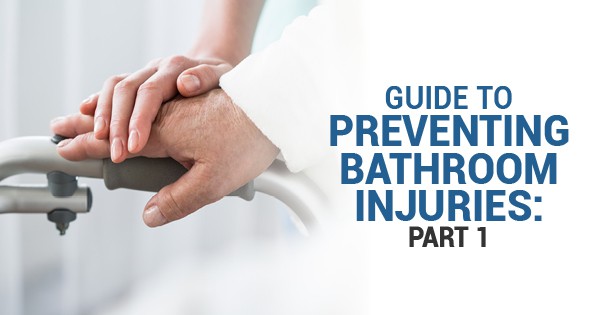
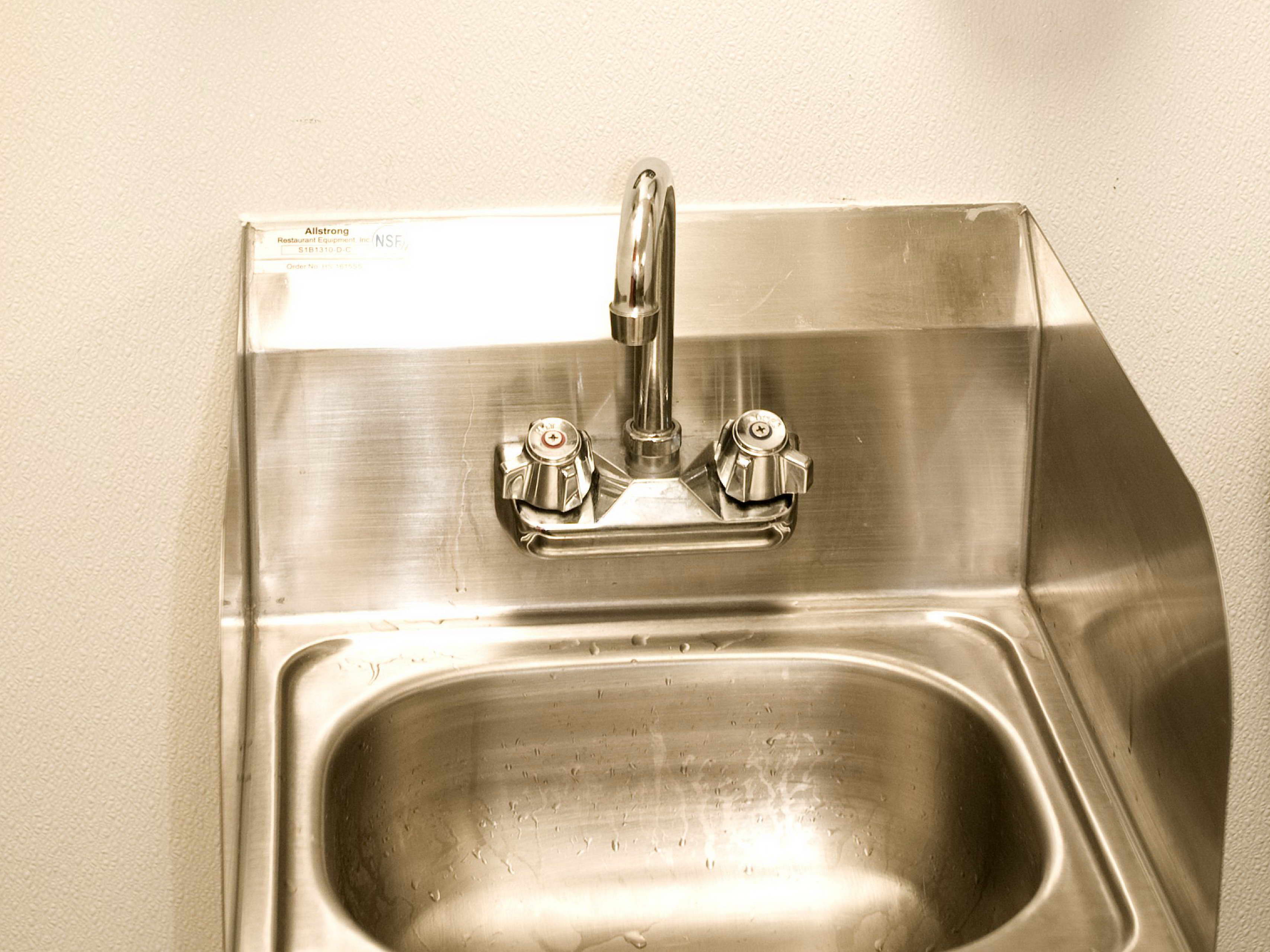








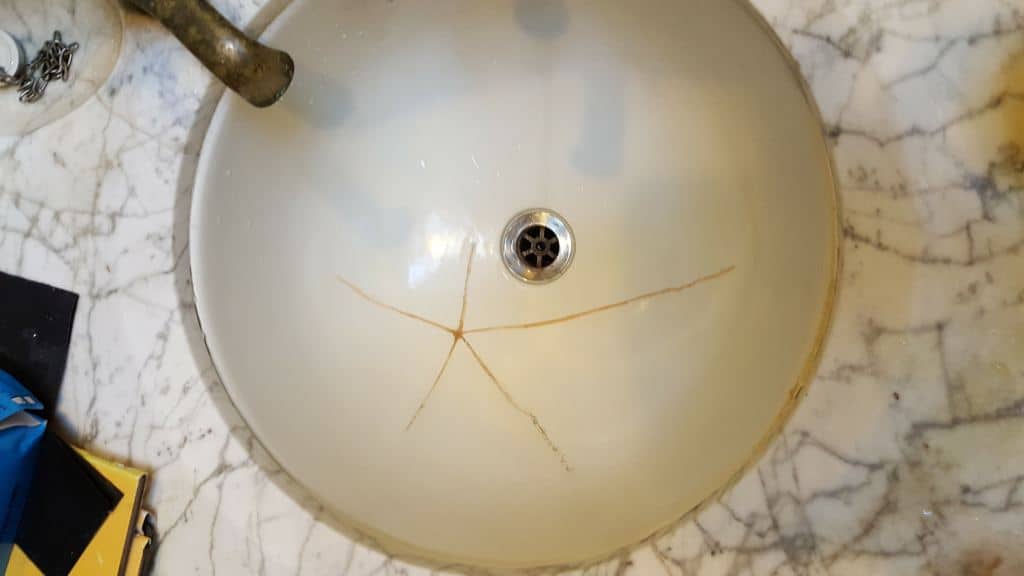
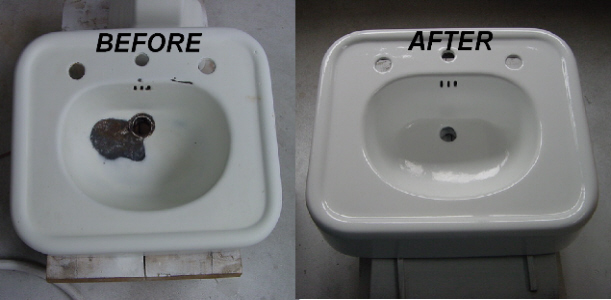






/bathroom-sink-523598998-5797c0dc5f9b58461f3d5c23.jpg)





